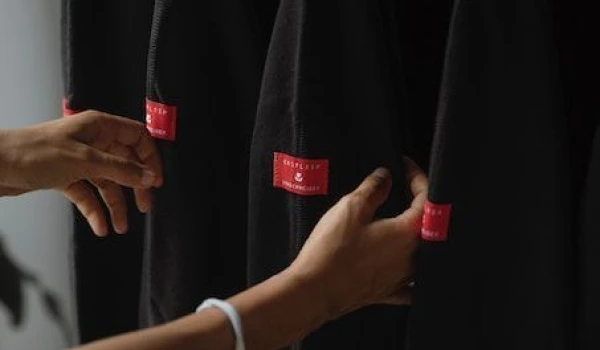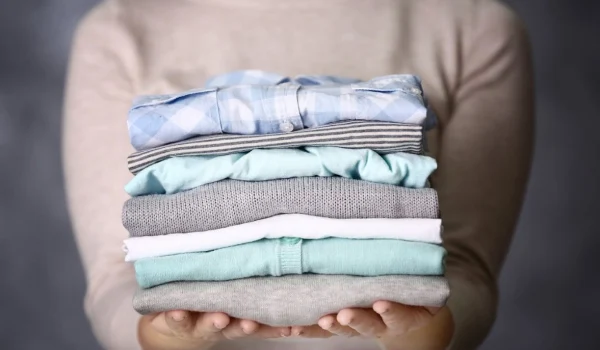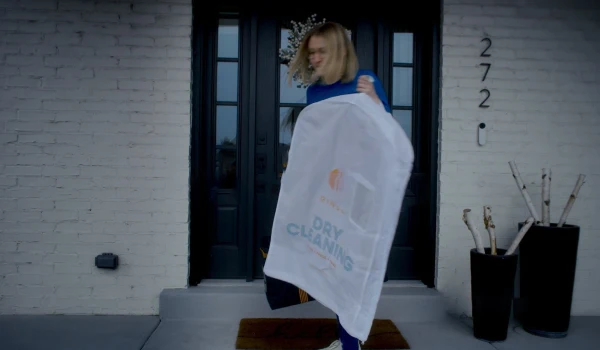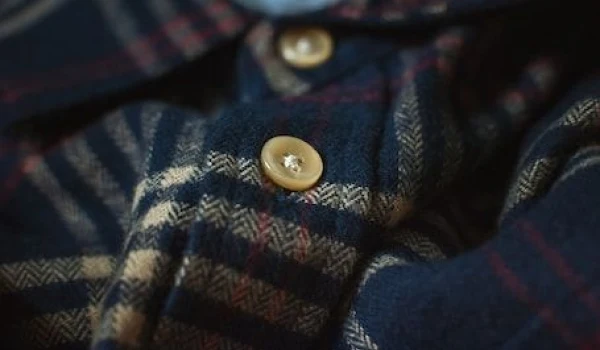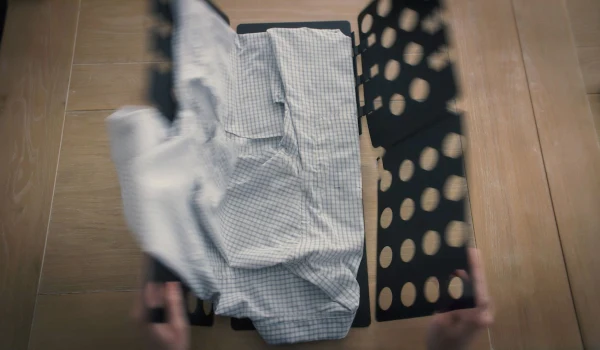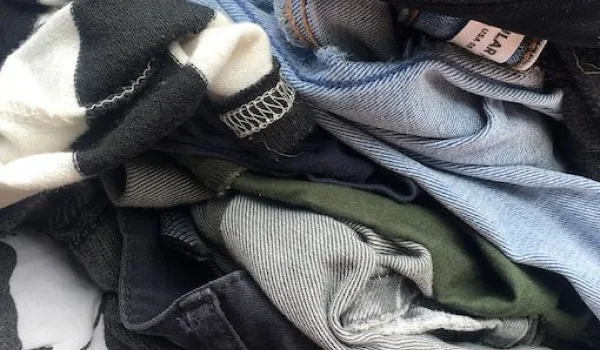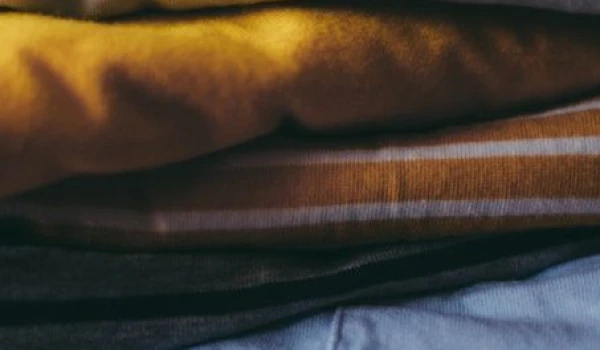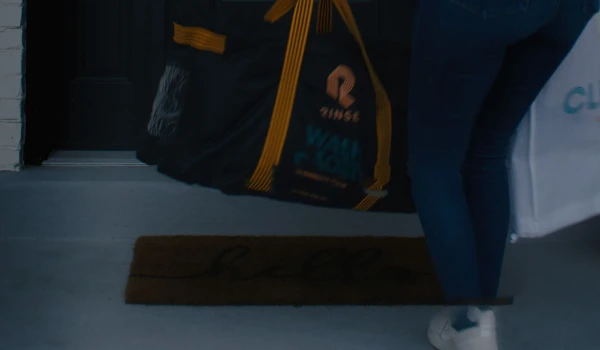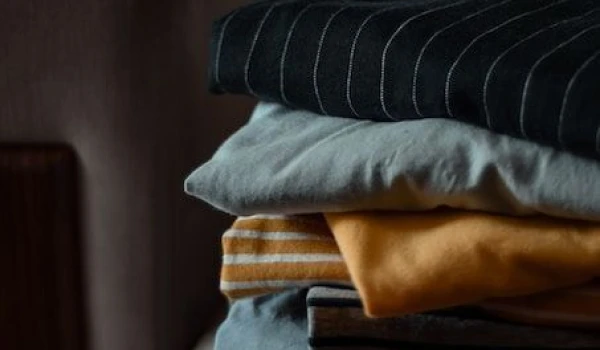Winter Coat Basics
Before we get into tips and tricks on how to wash your favorite winter jackets, let's spend some time going over some factors to consider before washing.
The first thing you need to check is the material composition of your jacket. Some fabrics can be washed in the washing machine, others can be taken to the dry cleaner, and some delicate ones should only be hand-washed. Fortunately, your jacket will come with a care label that will not only tell you the materials you're working with but also how to clean it.
Note that natural fur should never be washed with traditional laundry detergent in a washing machine – always take that jacket for a dry clean. Similarly, materials like suede should never be exposed to water, while wool requires specialized / gentle detergent.
If your jacket is washing machine-safe, check for stains and spills before running the cycle. It is best practice to pretreat them with a stain remover or by hand washing the area to ensure the best results.
Lastly, consider how big your coat is relative to the size of the washing machine. You want to make sure your jacket has room for the spin cycle to be effective – you might have to do a load with no other garments if your washer is small or your coat is large.
How to Wash 6 Types of Winter Coats
We are now ready to dive into the care required to clean specific types of winter coats:
Trench and Duster Coats

For an effortless take on an established trend, you can opt for a relaxed fit in navy. Trench coats are often made out of machine wash-safe fabrics such as cotton, poplin, or polyester. Be sure to remove the lining and wash it separately from the shell. Use the delicate or hand wash cycle, and avoid putting either piece in the dryer – especially if your coat is wool.
You can also prolong the life of your coats by weatherproofing them ahead of time. Some coats come weatherproofed but could stand to be retouched every few years. Weatherproofing comes in two forms: spray on and wash in. Choose the product that makes the most sense, clean your coat beforehand, and test on a small sample area first. When you're putting it away, store the coat on a sturdy hanger – not a hook – and away from sunlight to avoid any color damage.
If your coat is particularly structured or embellished, professional dry cleaning like Rinse (Hint: we offer professional door-to-door Dry Cleaning services) will help ensure the fabric maintains its shape and is handled with care.
Wool Coats and Blazers

A structured wool coat or blazer makes the ideal finishing touch for an autumnal ensemble. Your coat should always be stored on a wooden hanger – not metal, which can leave a rust stain – in a breathable space to maintain the fabric's integrity and texture. If it's looking a little dull after a stint in your closet, smooth out any wrinkles with a steamer. A handy lint roller will take care of any stray particles so your coat looks fresh.
It might seem like a high-maintenance piece, but a trusted dry cleaner can streamline the cleaning process by removing any persistent stains and helping the coat or blazer keep its original shape. The sooner you act, the better the results. To prevent any damage from moths or insects attracted to undetectable odors, send the coat or blazer for professional cleaning at the start and end of each season.
Down Jackets and Parkas
The pièce-de-résistance of your cold weather arsenal is the down jacket or parka. Most parkas are designed with the consumer in mind. For instance, detachable linings or fur hoods are meant to be removed before washing. Keep your jacket out of a top-loading washer since the agitator can damage the material; instead, your down jacket or parka should be washed in a front-loading machine using a permanent press cycle.
For best results, use a minimal amount of gentle laundry soap when washing your down jacket as residual suds can change the shape of the pieces. Be patient in the drying process: high heat will damage the material, though low heat may require several rounds for your jacket to fully dry. To prevent any clusters of feathers in the drying process, throw a few tennis balls in the dryer.
Avoid leaving your down jacket in its compression sack for an extended period as this will result in the feathers clumping together. An easy storage hack is to keep it inside a clean pillowcase: this saves space in your closet while maintaining the jacket's shape and texture with a little breathing room.
Leather Coats and Jackets
Who doesn't love a nice leather jacket to keep you both warm and looking stylish? Whether your jacket is made from cowhide or other animals, it will require some special care to ensure its longevity. The safest option is to take your jacket to dry clean. However, if you want to clean it at home (and if the label permits), you can start by removing stains – a damp cloth will usually suffice. Next comes the colorfastness test. Dampen a white cloth with water and place it in the interior of the leather. If any color or pigment transfers to the cloth, that is a sign that the dye is not stable on the leather and you should NOT wash it at home.
If it does pass the test, ensure that all pockets are empty and turn them inside out. Next, fill a sink or tub with lukewarm water and add a bit of gentle liquid detergent for hand washing. Now submerge the jacket in the water (ensure that the soap reaches through the lining) for about 10 minutes.
After this, remove the jacket from the soap and refill the tub with clean water to rinse out your jacket until all stains and detergent are washed away. Lastly, hang dry your coat inside out on a padded or wooden hanger (but without exposure to sunlight or heat). Note it may take a few days to fully dry.
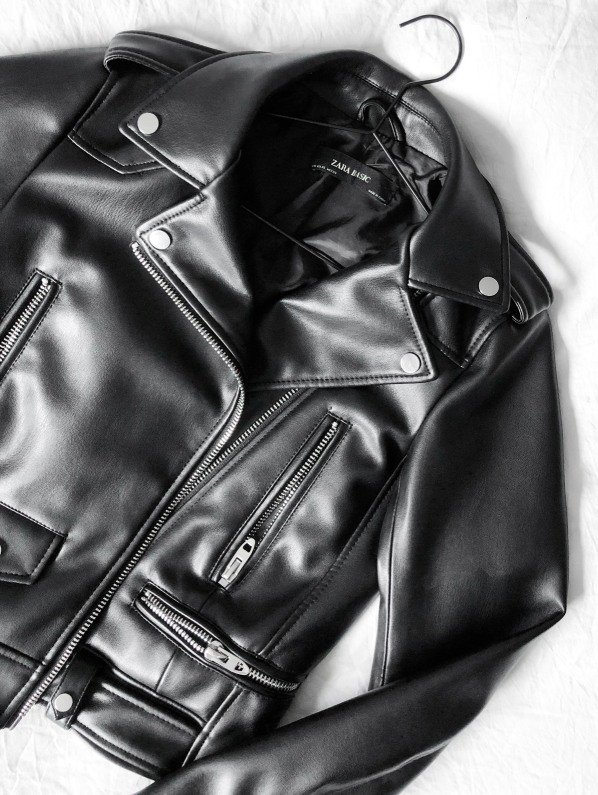
Vinyl Coats
Vinyl and faux leather allow you to look great while also giving you a break when it comes to cleaning. Since they are synthetic fabrics, they are usually fine to clean in a washing machine. Of course, check the label, but a wash on a permanent press cycle with regular laundry detergent will leave your coat nice and clean. However, when it comes to drying, skip the dryer and opt to air dry to avoid the risk of fabric melting.

Suede Coats and Jackets
Suede is a type of leather made from the underside of animals such as lamb, goat, or deer. While coats and jackets of this material are visually appealing, they stain quite easily. Again, read the care label, but you will likely find your favorite suede coat at the dry cleaners when it gets dirty as the material does not do well with water.
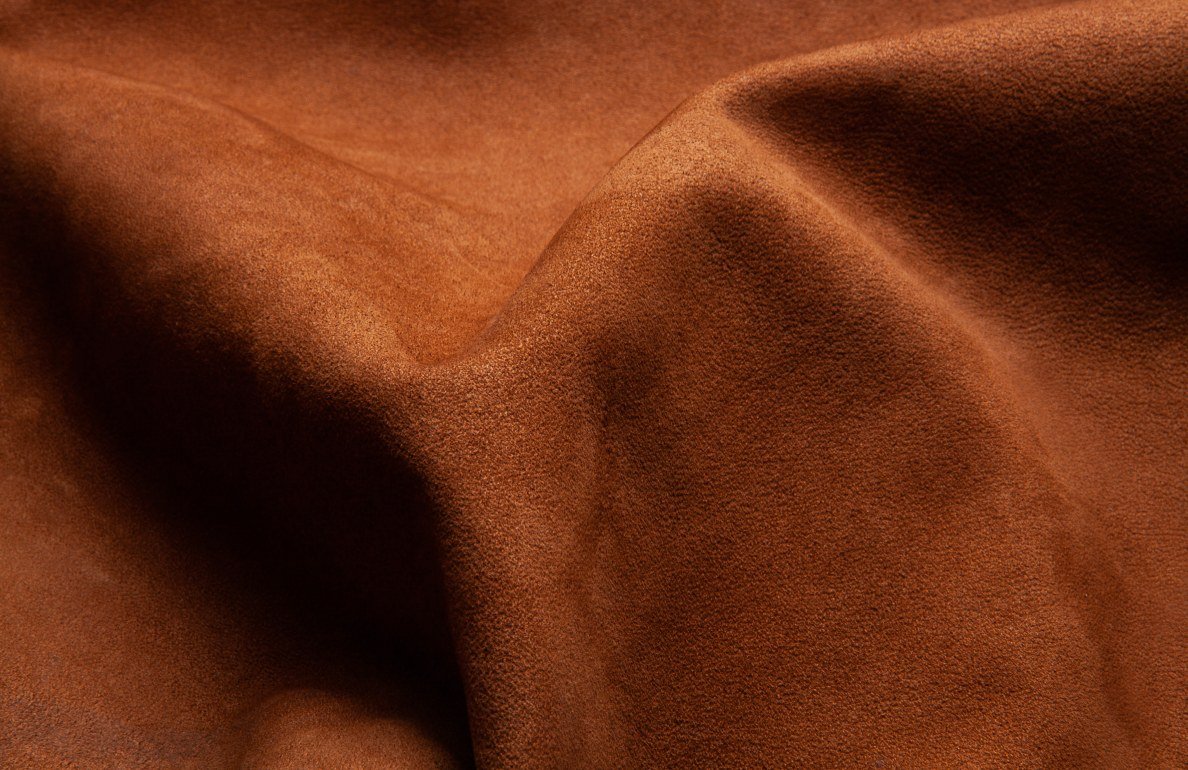
Washing Winter Coats: 5 Useful Tips
Here are some general tips that you should always check off when cleaning your coat:
-
The garment's care label instructions are key
-
Don't forget to empty all pockets
-
Fix loose or ripped seams before cleaning
-
Fasten all buttons and zippers to prevent them from slipping off
-
Use durable wooden hangers after washing
Dry Cleaning With Rinse
Taking care of your outerwear will help you maintain the right layers for cooler weather. With our care guide, you'll be well-dressed for this season – and the next.
Now that we know not all winter coats can be washed at home, why not consider a professional dry cleaning service to ensure yours is taken care of by experts? Rinse can do just that for you as we have years of experience cleaning all types of garments, using sustainable techniques too.
We pick up and deliver your clothes from and to your front door, allowing you to save time and be at ease knowing your winter coat will be in pristine condition and ready for whatever the season throws your way.
Contact us at Rinse today to see our skill in action.




